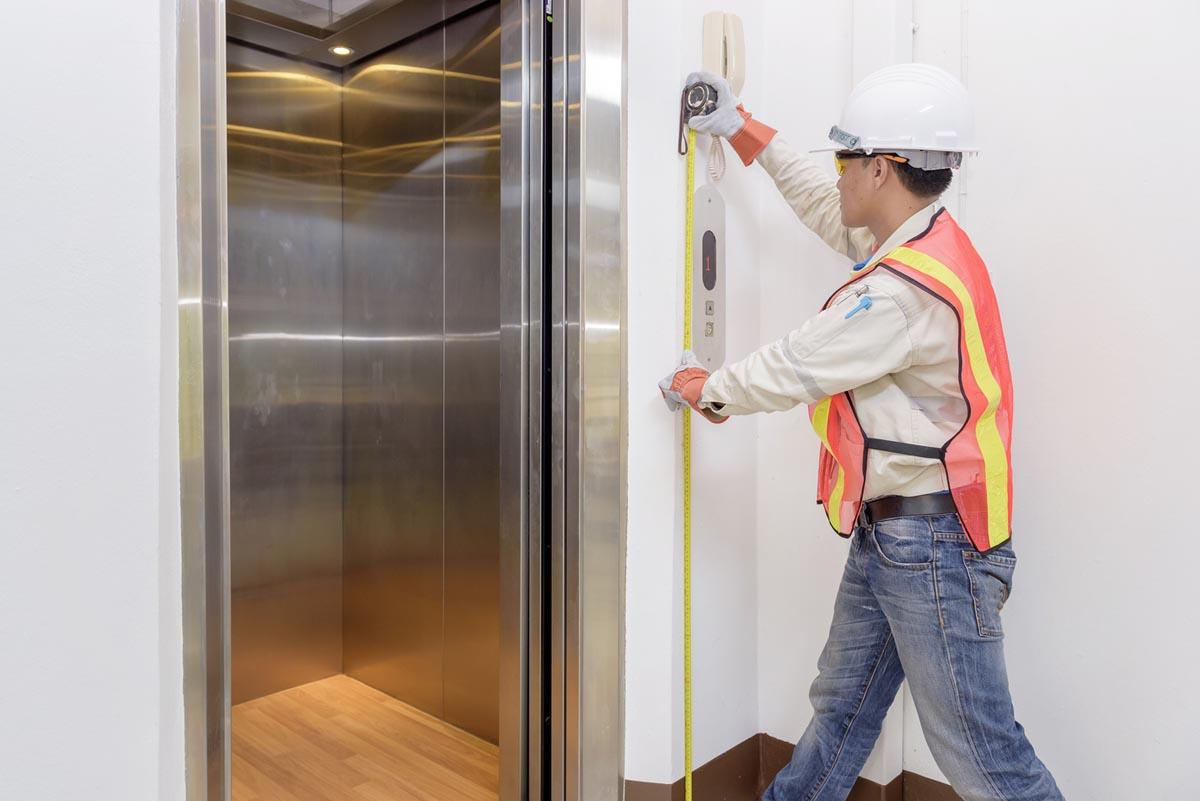Introduction
Elevator safety systems play a critical role in ensuring the security of passengers and smooth operation of vertical transportation across residential, commercial, and industrial buildings. The growing emphasis on safety protocols, technological advancements, and evolving market trends are shaping the future of the elevator safety system market. Additionally, businesses are adopting strategic approaches to maximize growth and capitalize on emerging opportunities. This article explores the safety protocols, current market trends, and business growth strategies driving the elevator safety system industry.

Safety Protocols in Elevator Systems
Safety remains a top priority in the elevator industry, with various protocols designed to prevent accidents and ensure passenger protection. Several global and regional regulations govern elevator safety standards to enhance reliability and operational efficiency.
Key Safety Measures in Modern Elevator Systems
-
Emergency Braking Systems – Advanced braking mechanisms prevent free falls and sudden stops, ensuring passenger safety.
-
Overload Sensors – These sensors detect excessive weight and prevent the elevator from operating beyond capacity.
-
Fire and Smoke Detection Systems – Integrated fire-resistant materials and sensors help prevent elevator-related hazards during emergencies.
-
Automatic Rescue Devices (ARDs) – In case of power failures, ARDs ensure elevators reach the nearest floor safely.
-
Real-time Monitoring and Remote Diagnostics – IoT-based monitoring systems enhance predictive maintenance and minimize downtime.
-
Biometric and Touchless Access Control – Advanced security solutions, including fingerprint and facial recognition, help prevent unauthorized access.
Compliance with safety standards such as ASME A17.1 (North America), EN 81 (Europe), and ISO 8100 (International) ensures that elevator systems meet stringent safety requirements and minimize risks.
Market Trends Shaping the Elevator Safety System Industry
The elevator safety system market is evolving due to technological innovations, increasing urbanization, and rising demand for smart and energy-efficient solutions. Several key trends are influencing industry growth.
1. Integration of IoT and AI for Predictive Maintenance
-
IoT-enabled sensors and AI-driven analytics are being utilized to predict malfunctions and enable proactive maintenance.
-
Real-time data collection helps optimize operational efficiency and reduce maintenance costs.
2. Rising Demand for Smart and Connected Elevators
-
The adoption of smart buildings is driving the need for intelligent elevator safety solutions.
-
Features such as destination control systems and automated emergency response improve passenger safety.
3. Sustainability and Energy Efficiency in Elevator Systems
-
Green elevators with regenerative drives and energy-efficient motors are gaining traction.
-
Sustainable designs reduce energy consumption and enhance environmental benefits.
4. Urbanization and High-Rise Construction Growth
-
The increasing number of skyscrapers and high-rise residential complexes is fueling demand for advanced safety solutions.
-
The Asia-Pacific region is witnessing significant growth due to rapid urban development in countries like China and India.
5. Adoption of Touchless and Contactless Technologies
-
The COVID-19 pandemic accelerated the demand for touchless elevator controls, enhancing safety and hygiene.
-
Mobile apps and voice-command-based controls are becoming industry standards.
Business Growth Strategies for Market Expansion
As competition intensifies in the elevator safety system market, businesses are adopting strategic approaches to strengthen their market presence and drive revenue growth.
1. Investment in Research and Development (R&D)
-
Companies are focusing on R&D to develop innovative safety solutions that enhance performance and reliability.
-
AI-powered diagnostics and smart safety features are key investment areas.
2. Strategic Partnerships and Collaborations
-
Collaborating with technology firms and real estate developers helps expand market reach.
-
Partnerships with government agencies ensure compliance with evolving safety regulations.
3. Expansion in Emerging Markets
-
Developing economies in Asia-Pacific, Latin America, and Africa present lucrative opportunities due to urbanization and infrastructure projects.
-
Localized manufacturing and distribution networks help businesses penetrate these markets effectively.
4. Enhancing After-Sales Service and Maintenance
-
Providing long-term maintenance contracts and 24/7 remote monitoring services enhances customer loyalty.
-
Predictive maintenance models reduce breakdowns and improve customer satisfaction.
5. Digital Marketing and Customer Engagement Strategies
-
Online platforms and digital advertising campaigns help companies showcase their advanced elevator safety solutions.
-
Customer education through webinars, case studies, and live demonstrations increases awareness and brand credibility.
Conclusion
The elevator safety system market is witnessing significant transformation due to advancements in technology, regulatory developments, and evolving market trends. With the integration of IoT, AI-driven predictive maintenance, and smart building solutions, elevator safety systems are becoming more efficient and reliable. Businesses that prioritize innovation, strategic partnerships, and market expansion will be well-positioned for sustained growth. As urbanization continues to rise, the demand for intelligent, energy-efficient, and highly secure elevator systems will drive the future of the industry.



